Olympus M.Zuiko Digital 7-14 mm f/2.8 ED PRO
8. Vignetting
| E-PL1, JPEG, 7 mm, f/2.8 | E-PL1, JPEG, 7 mm, f/4.0 |
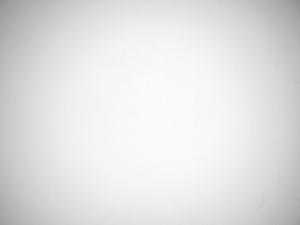
|
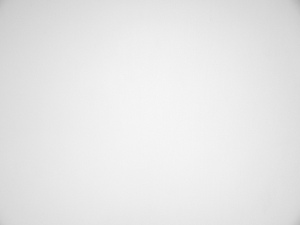
|
| E-PL1, JPEG, 10 mm, f/2.8 | E-PL1, JPEG, 10 mm, f/4.0 |
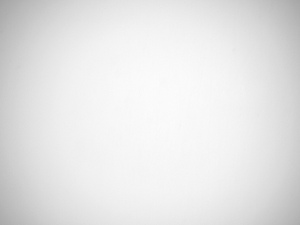
|
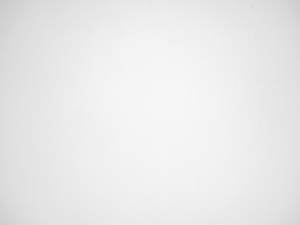
|
| E-PL1, JPEG, 14 mm, f/2.8 | E-PL1, JPEG, 14 mm, f/4.0 |

|

|
At the most difficult combination of 7 mm focal length and f/2.8 aperture the lens loses 38% (−1.39 EV) of light in the frame corners. On the one hand it’s a lot, on the other, if you remember about the extreme parameters you deal with, such a result doesn’t seem very bad at all. On stopping down the aperture to f/4.0 the vignetting level decreases to 27% (−0.91 EV), and by f/5.6 it drops further to 20% (−0.65 EV). Any other decrease should be called slight because by f/8.0 that aberration reaches 16% (−0.51 EV).
Please Support UsIf you enjoy our reviews and articles, and you want us to continue our work please, support our website by donating through PayPal. The funds are going to be used for paying our editorial team, renting servers, and equipping our testing studio; only that way we will be able to continue providing you interesting content for free. |
- - - - - - - - - - - - - - - - - - - - - - - - - - - - - - - - - - - - - - - - - - - - - - - -
In the middle of the focal range the situation improves. At the maximum relative aperture the vignetting is 32% (−1.10 EV), and by f/4.0 it reaches a moderate level of 16% (−0.51 EV). Further stopping down makes that aberration decrease to near 14–15% (about −0.46 EV) and it never manages to get lower than that.
The maximum focal length means again a slight decrease of vignetting – by f/2.8 that aberration reaches 31% (−1.09 EV), and by f/4.0 it decreases to 14% (−0.43 EV). By the f/5.6 aperture we got a result of 13% (−0.42 EV).
Now let’s check the situation for RAW files.
| E-PL1, RAW, 7 mm, f/2.8 | E-PL1, RAW, 7 mm, f/4.0 |
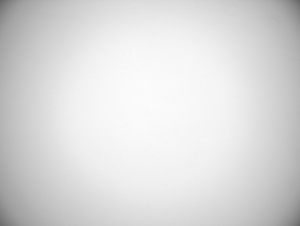
|
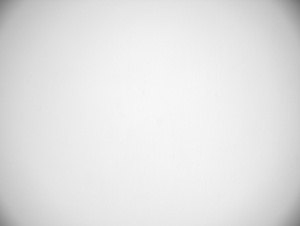
|
| E-PL1, RAW, 10 mm, f/2.8 | E-PL1, RAW, 10 mm, f/4.0 |
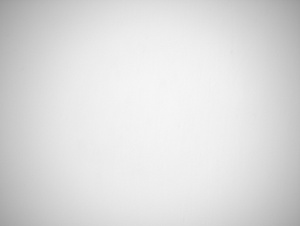
|
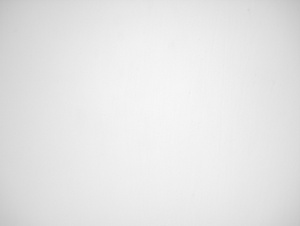
|
| E-PL1, RAW, 14 mm, f/2.8 | E-PL1, RAW, 14 mm, f/4.0 |

|

|
Due to the fact that after correcting the distortion the image is noticeably cropped, RAW files feature a wider angle of view so the vignetting results are higher as well. A combination of 7 mm and f/2.8 means the brightness loss of as much as 54% (−2.27 EV). On stopping down to f/4.0 it decreases to 46% (−1.79 EV). Further stopping down doesn’t have any measurable influence on the vignetting level.
At longer focal lengths, where the progress from RAWs to JPEGs means just slight cropping of images, the RAW results are only 1-3% higher than the JPEG vignetting results.
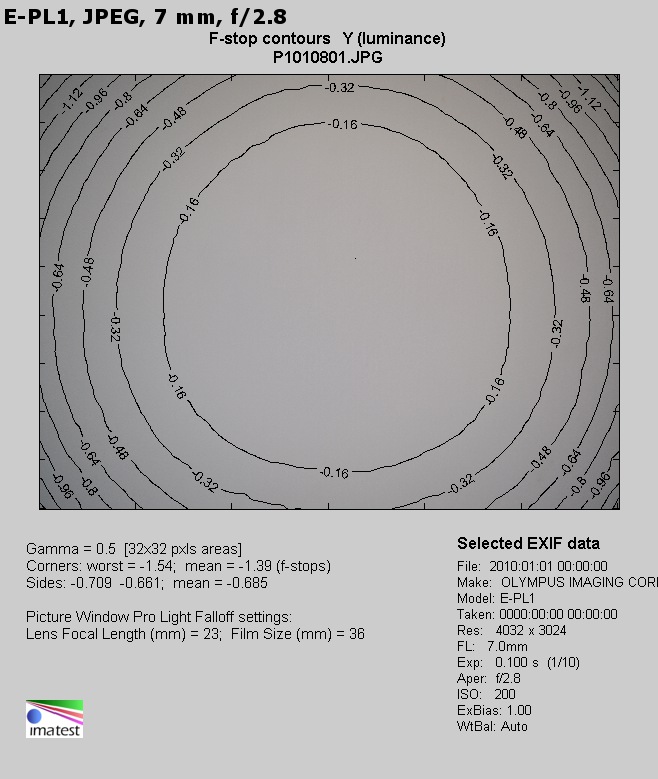 |
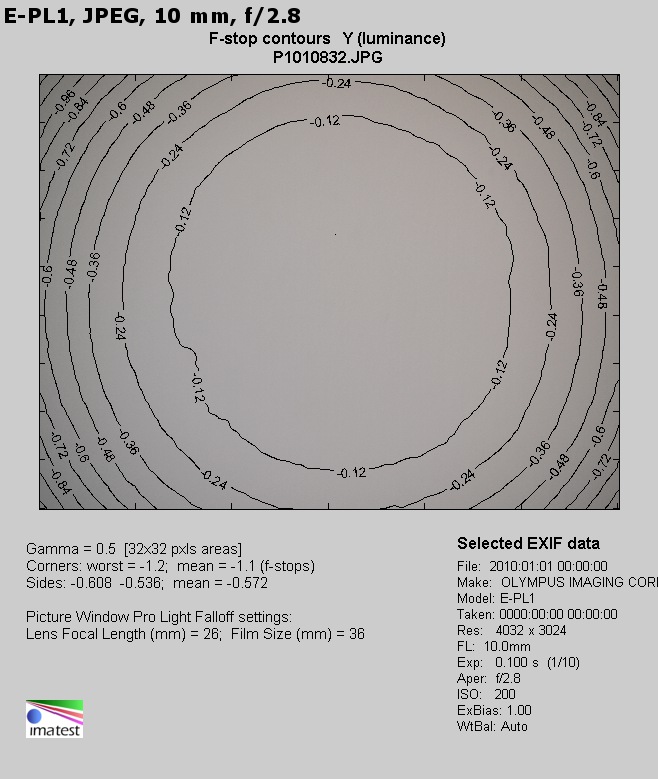 |
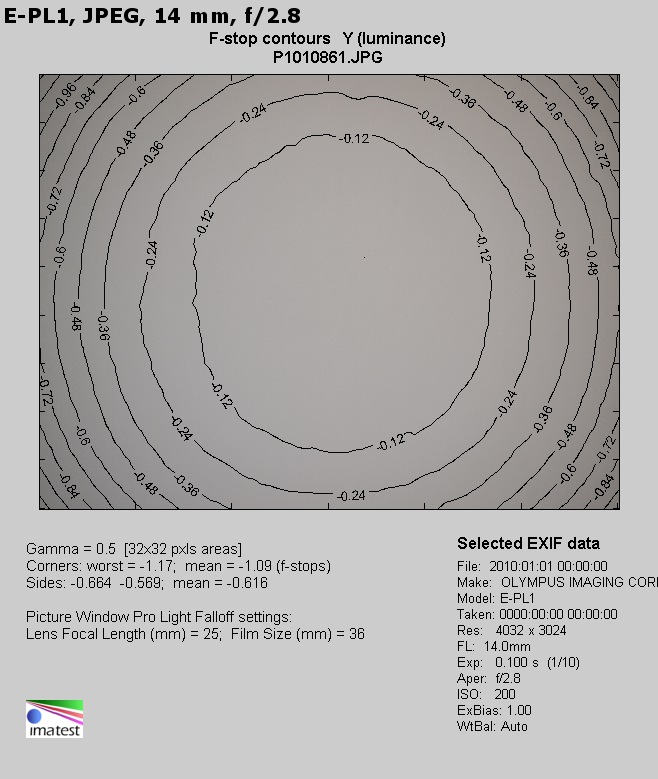 |






